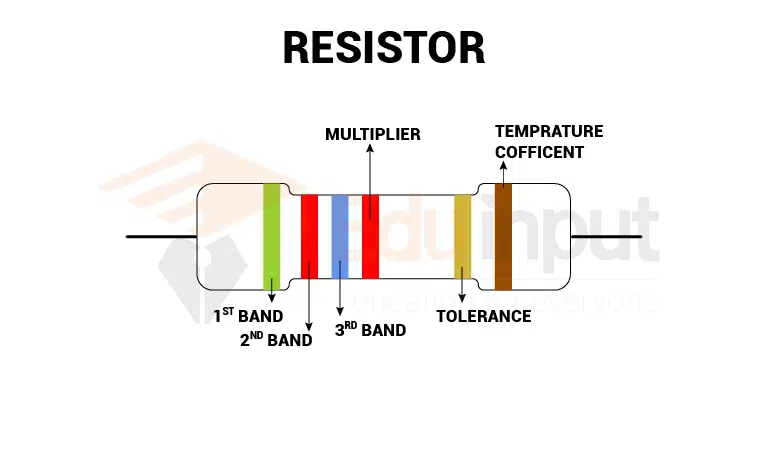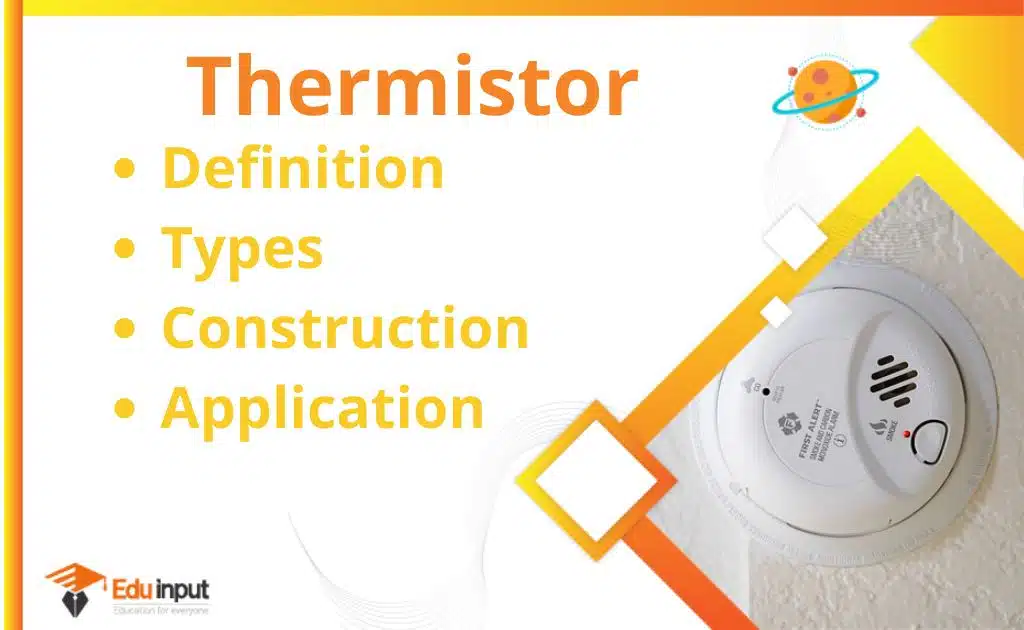What is Resistor?-Definition, Combination, Types, And Uses
Resistors are electronic components that are used to limit the flow of current through a circuit. They are mainly used to reduce the amount of current that is drawn by a device. They also work as voltage dividers in circuits.
What is Resistor?
A passive two-terminal electrical component that implements electrical resistance as a circuit element is known as a Resistor. Resistors are used in electric circuits to reduce current flow, adjust signal levels, divide voltages, bias active elements, and end transmission lines.
It is possible to use high-power resistors as part of motor controls, in power distribution systems, or as test loads for AC generators, when heat can be dissipated many Watts of electrical power. The resistances on fixed resistors only change slightly with temperature, time, or operating voltage.
Variable resistors can be used to adjust circuit elements, such as a lamp dimmer or volume control, or as sensor devices for heat, light, humidity, force, or chemical activity.
Ohm’s law describes the behavior of an ideal Resistor
V=IR
Ohm’s law state that the electric current (I) flowing through a conductor is directly proportional to the potential difference (V) across its ends provided the physical state such as temperature etc of the conductor remains constant.
Combination of Resistor in Circuit
There are two types of combinations of resistors in circuits.
Series Resistor
The sum of individual resistance values is the total resistance of the resistors connected in a series.
Req=R1+R2+….
Parallel Resistor
The total resistance of resistors connected in parallel is related to the sum of the individual resistors.
Req=1/R1+1/R2+….
Types of Resistor
There are two basic types of resistors as follows:
- Linear resistor
- Non-linear resistor
Linear resistors
Linear resistors are the ones whose values change when applied temperature and voltage are changed.
There are two types of linear resistors:
Fixed resistors:
These values can’t be changed because they have a specific value. The different types of fixed resistors are listed below.
- Carbon composition resistors
- Wire wound resistors
- Thin film resistors
- Thick film resistors
Variable resistors:
The values can be changed with the help of a dial, knob, and screw because the resistors do not have a specific value. Radio receiver applications for controlling volume and tone can be found with these resistors. The different types of variable resistors are listed below.
- Potentiometers
- Rheostats
- Trimmers
Non-linear resistors
The values of the Resistor are not dependent on Ohm’s law. The different types of non-linear resistors are listed below.
- Thermistors
- Varistors
- Photo resistors
Colour Coding of Resistors
Resistors may not display the value outside, but their resistance can be calculated through their color pattern, which really adds some flair to circuits.

Following is a table with the color code of resistors:
| Colour | Colour code |
| Black | 0 |
| Brown | 1 |
| Red | 2 |
| Orange | 3 |
| Yellow | 4 |
| Green | 5 |
| Blue | 6 |
| Violet | 7 |
| Grey | 8 |
| White | 9 |
Use of Resistor
Following are the uses of resistors:
Use of Resistor in Circuit Functions
According to the usage range, there are different types of transistors. A knob can be used to set the resistance value inside the circuit. In controlling the speed of a motor, the pitch of a musical tone, and the loudness of an amplifier, the use of a resistance value is necessary.
Use of Resistors in LEDs and Transistors
An overflow of the current through LEDs and transistors can be very dangerous, so an electric component called resistance is used to overcome this danger. The use of resistors in the circuit will help the LEDs and transistors, and other types of Semiconductors to function in the required current range.
Use of Resistor For Heating
The use of a Resistor is found in many heating appliances. like heater and toaster. When electricity is passed through a light bulb, it causes the metal to glow white-hot because of the high temperature produced from the resistance.







Leave a Reply